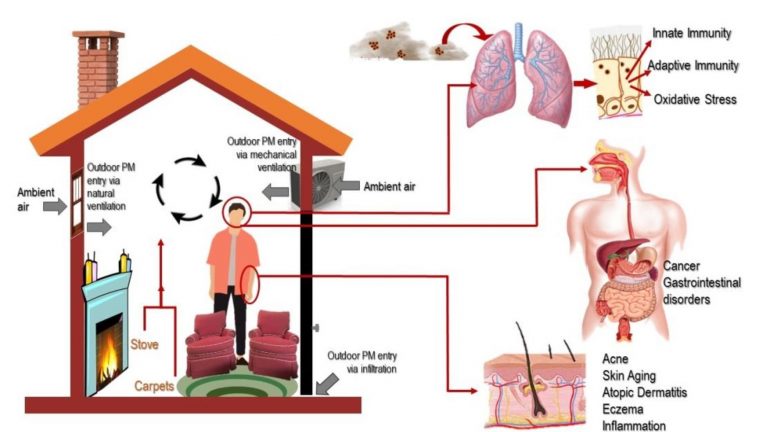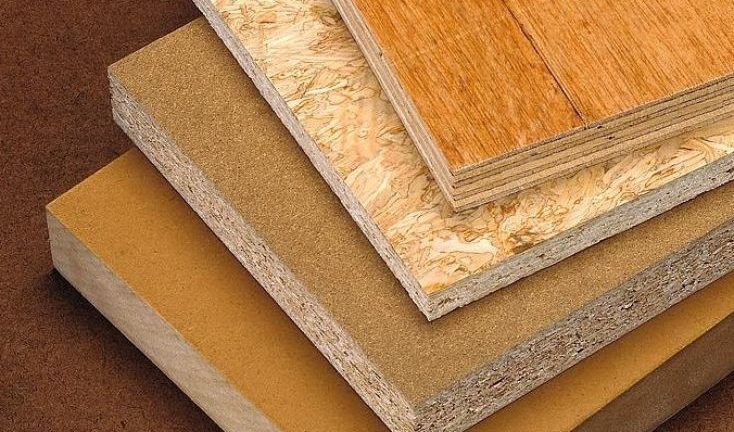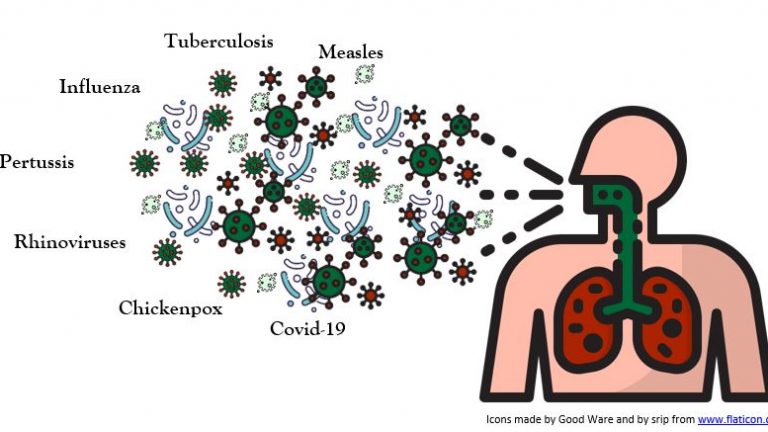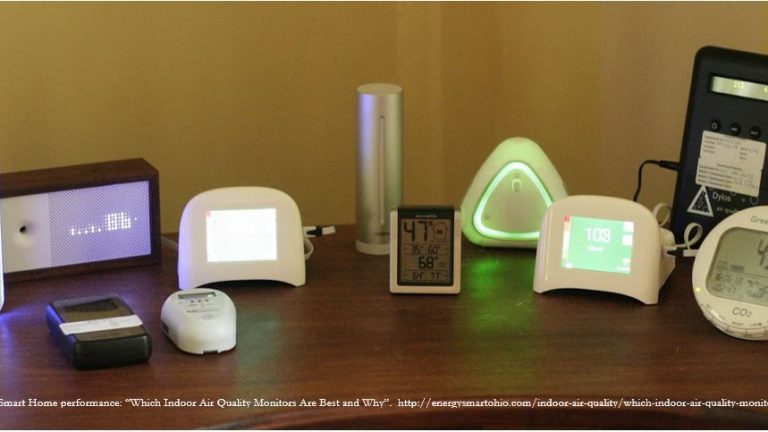
Environmental Tobacco Smoke
Author: Cedric Welt We’ve all been there: enjoying a nice time out with friends or family when, as usual, someone decides to light up a cigarette. Depending on the country you’re in and the rules in place, this person may even be lighting up in an indoor environment like a restaurant or bar. At this (…)
Do Green-Certified Buildings Have Better Indoor Air Quality?
Author: Paula Berentzen Ecologically and economically sustainable building has become more and more prominent in the last years. Just recently, I planned a trip to New York. Of course, while planning, I were on the website of the Empire State Building (ESB), one of New York’s most popular landmarks. There, I stumbled across the “Sustainability” (…)

Indoor Exposure to Fine Particulate Matter and Practical Mitigation Approaches
Author: Maxime Dunod We can define particulate matter (PM) as a mixture of solid particles and liquid droplets found in the air. PM can originate from two major sources, Primary, that is to say, indoor and outdoor direct sources, and secondary sources, meaning PM is formed by atmospheric reactions. The exposition to PM can have (…)
Indoor Radon: Sources, Exposures, Health Effects and Controls
Author: Luc Matthieu Alberti Do you smell it ? That radioactive but noble smell tingling your senses as it is coming up from your basement and your Geiger counter crackles faster and faster. It surrounds you quickly and you cannot fight it… You ask yourself: “why me ?” “How did it get in my home?” (…)

The effects of Wood-Based Furniture on Indoor Air Quality
Author: Marie Briand Furniture is an important issue of people’s daily life, and everyone is even more aware of it during a move or a change of life. Unfortunately, nowadays the quality is not a purchase criteria. Bookshelves, beds, wardrobes, and cabinet doors are made in wood-based panels, which create Volatile Organic Compounds (VOCs), in (…)

Airborne Infectious Disease Transmission in Hospitals
Author: Nuno Teixeira Mèndez Healthcare associated infections are a known burden in hospitals as they are linked to longer stay during hospitalization, long term sequela and higher treatment cost. In Switzerland, 7 to 8% of inpatient are diagnosed with a nosocomial disease per year [1]. Part of it is due to airborne infectious disease. Airborne (…)

The effects of bio-based construction materials on indoor air quality
Author: Johnny Syriani Introduction In an effort to reduce energy consumption in buildings, new construction methods and products are making their way in the building industry. Some of the more common practices to limit energy losses include increasing envelope airtightness and insulation. Airtight buildings, however, are usually associated with reduced ventilation rates. Thus, in this (…)
Are Candles Toxic to Indoor Air Quality?
Author: Edouard Cattin 1 Introduction When it comes to air quality, most scientific studies and concerns focus on outdoor air quality. The Swiss environmental legislation on air quality is a perfect example. Regulations require companies to emit no more than a certain amount of a pollutant into the outdoor air, called an emission limit value. (…)
Flame-Retardants: Friends or Foes?
Author: Cécile Berquand According to Fire Safe Europe, each day thousands of fires are declared leading to the deaths of 4000 persons per year in Europe. From a financial point of the view, over 126 billion euros are spent across Europe on fire-related costs [1]. To reduce the risk of fire, flame-retardants started to (…)

Low-cost sensing of indoor air quality – Is this a future?
Author: Ziad Sahlab The average adult takes over a million breaths every day [1], each of these breaths contains about 25 sextillion air molecules [2], which is such an unimaginably large number that if you line these molecules end to end, they can wrap around the earth 250 thousand times. Any of these inhaled molecules can be (…)